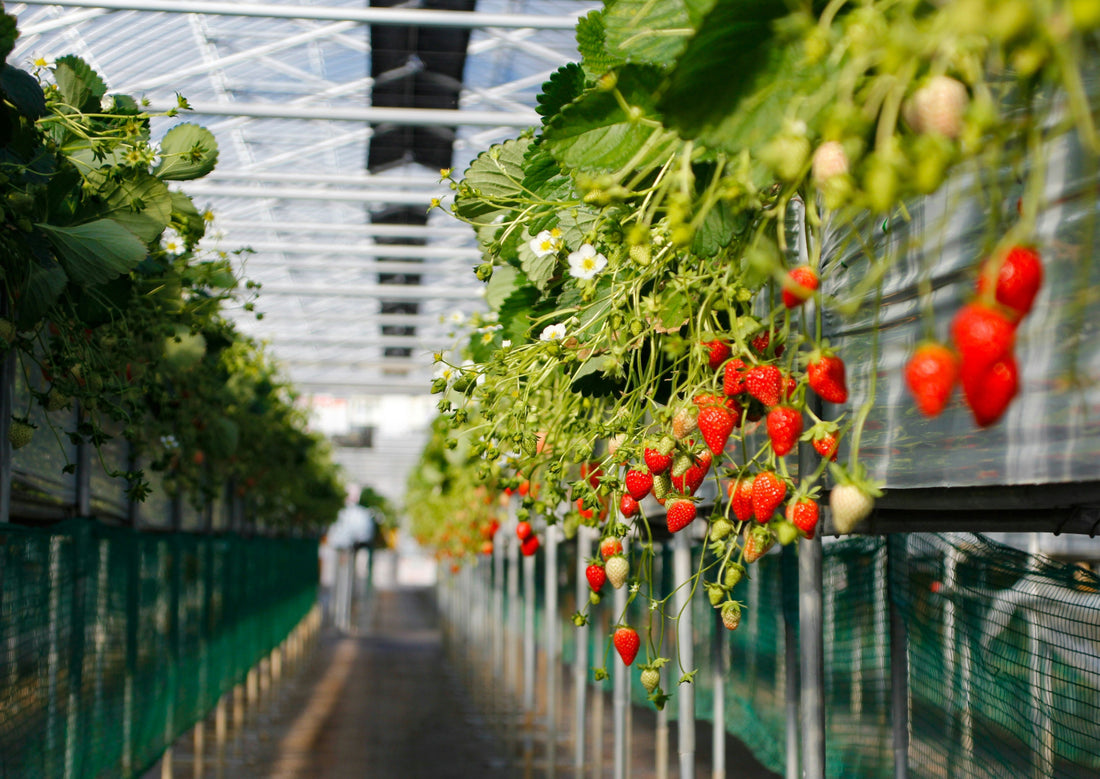
Why do a leaf tissue and sap analysis?
Leaf tissue analysis and sap analysis are both valuable plant diagnostic tools that provide different but complementary insights into plant health and nutrition. Here's what each offers:
Leaf Tissue Analysis Benefits
Nutritional status assessment - Shows the total concentration of nutrients that have been absorbed and transported to the leaves over time, giving you a comprehensive picture of what the plant has been able to take up from the soil.
Historical nutrient uptake - Reflects nutrient availability and uptake patterns over several weeks to months, making it excellent for identifying long-term deficiencies or toxicities.
Standardized interpretation - Has well-established sufficiency ranges for most crops, making results easier to interpret and compare against research-backed standards.
Cost-effective monitoring - Generally less expensive than sap analysis and provides reliable data for making fertilizer decisions for the following season.
Problem diagnosis - Excellent for diagnosing why plants show deficiency symptoms, as it reveals what nutrients actually made it into the plant tissue.
Sap Analysis Benefits
Real-time nutrient status - Shows the immediate availability of nutrients in the plant's transport system, reflecting what's happening right now in terms of nutrient flow.
Rapid feedback - Can detect changes in nutrient status within days or weeks of fertilizer applications, allowing for quick adjustments during the growing season.
Active vs. stored nutrients - Reveals nutrients that are actively moving through the plant rather than just stored in tissues, giving insight into current metabolic activity.
Precision timing - Ideal for fine-tuning fertigation programs or foliar feeding schedules since you can see immediate responses to inputs.
Early problem detection - May catch developing nutrient issues before they show up in tissue analysis or visual symptoms appear.
When to Use Each
Leaf tissue analysis works best for end-of-season evaluation and planning next year's fertility program, while sap analysis excels for in-season monitoring and real-time adjustments. Many growers use both approaches together - sap analysis for active management during the growing season and tissue analysis for comprehensive evaluation and long-term planning.